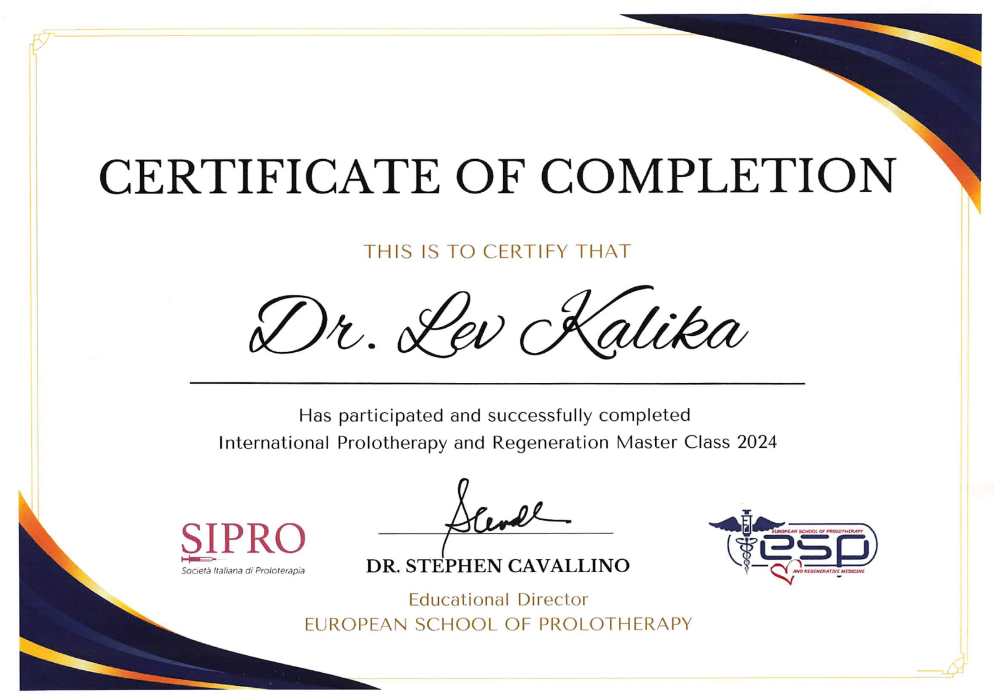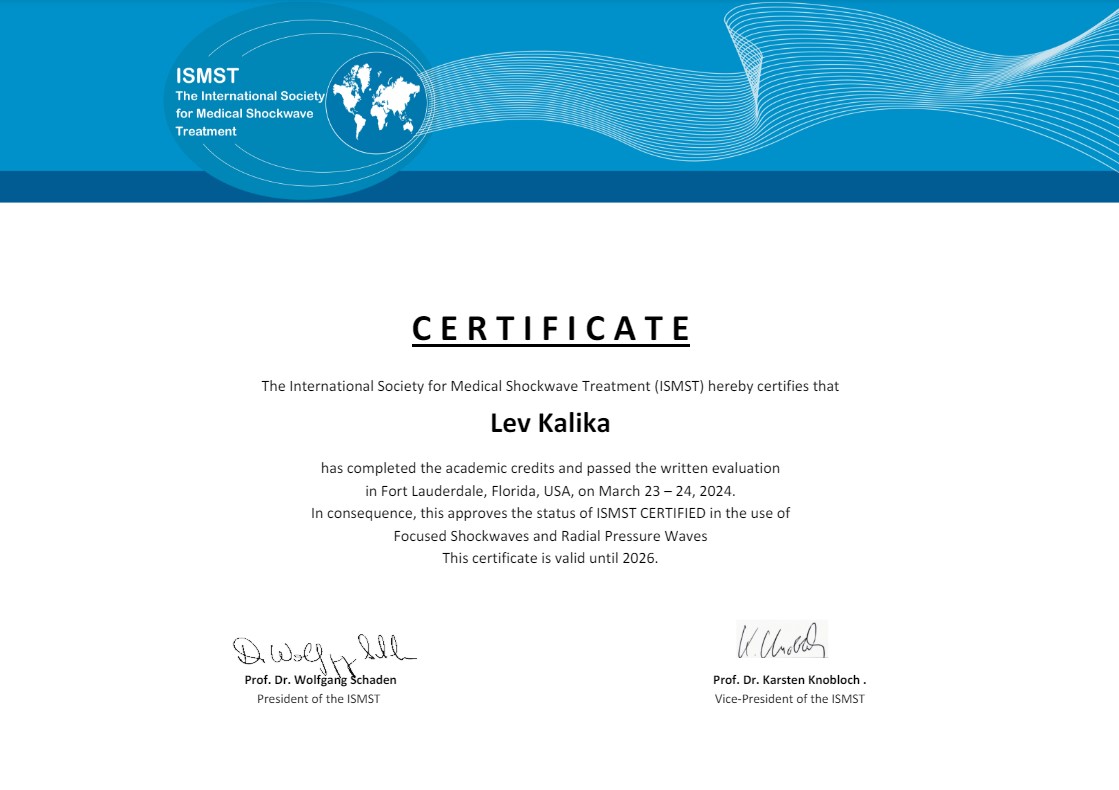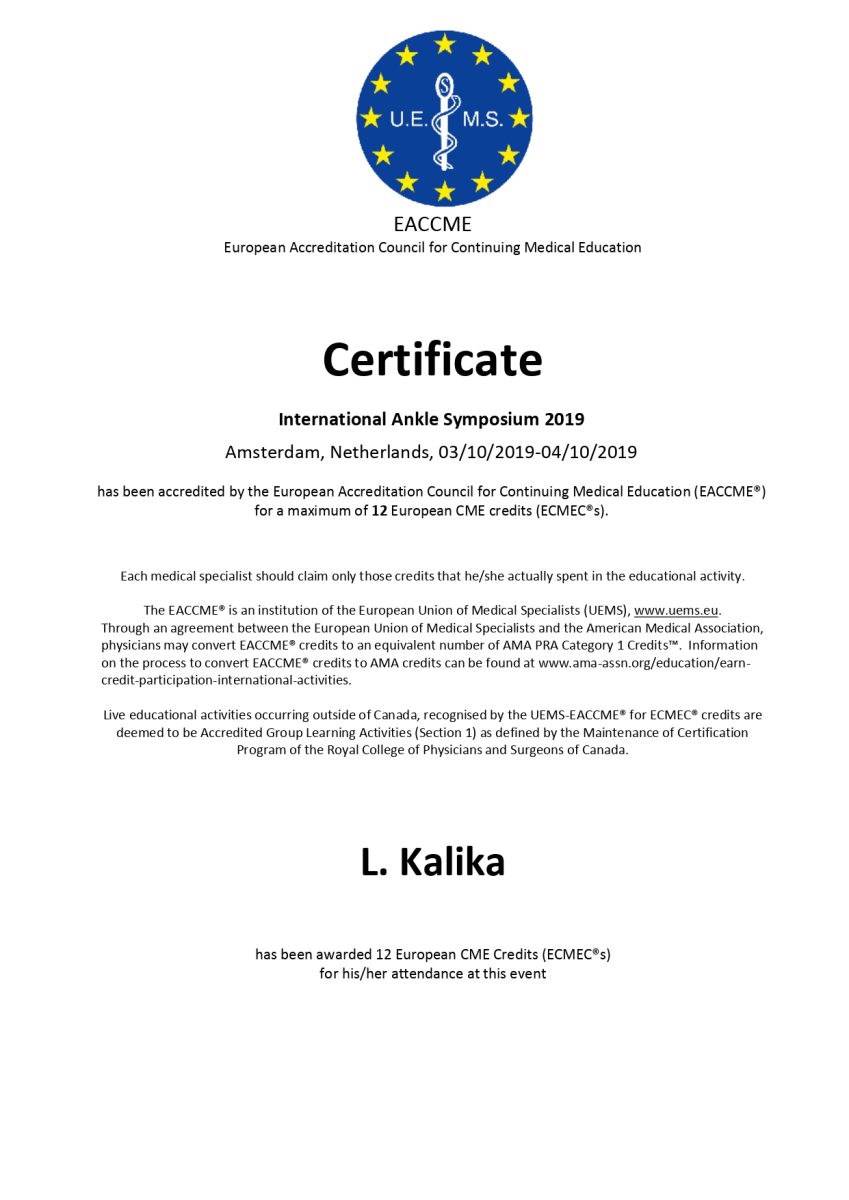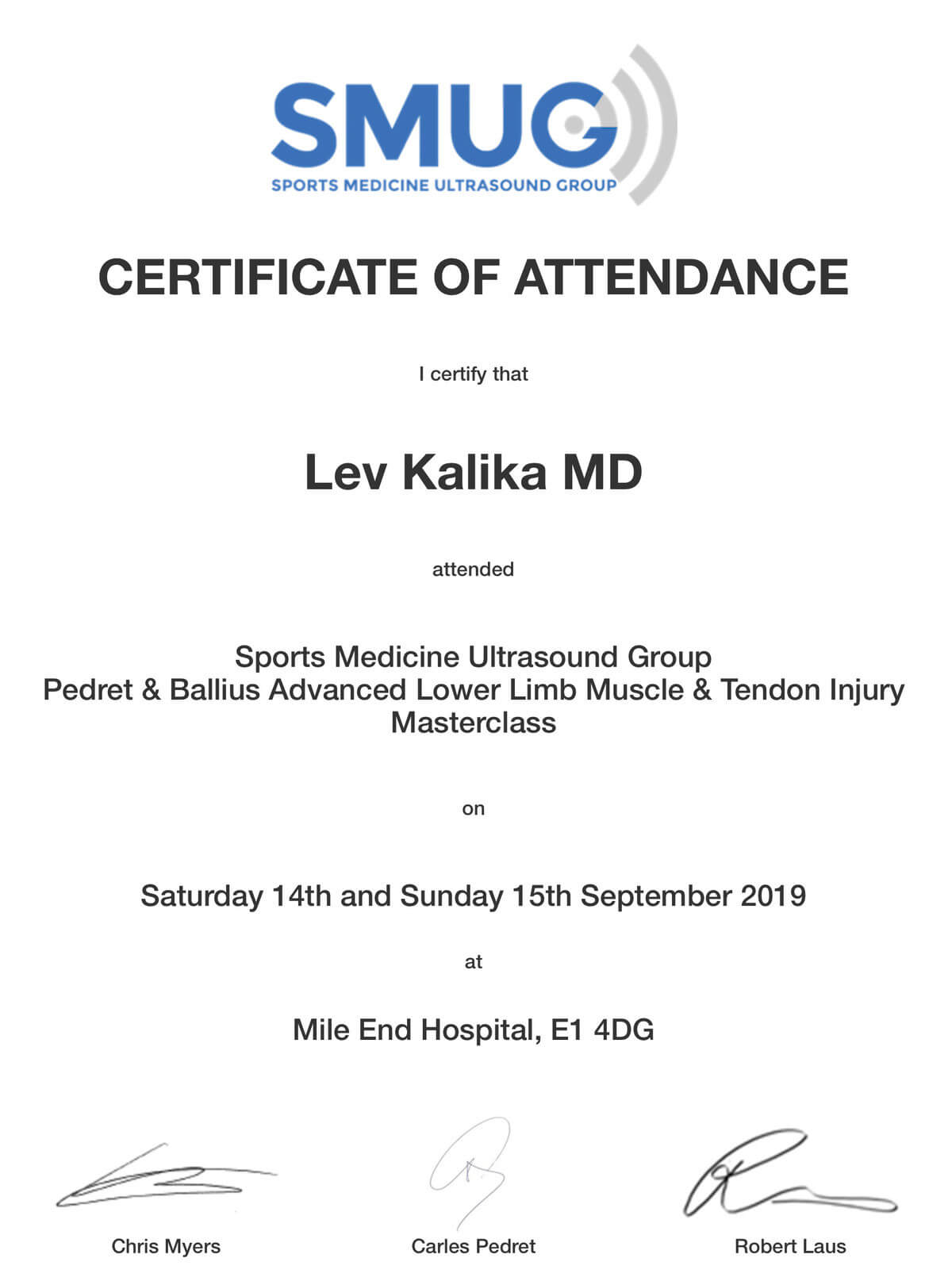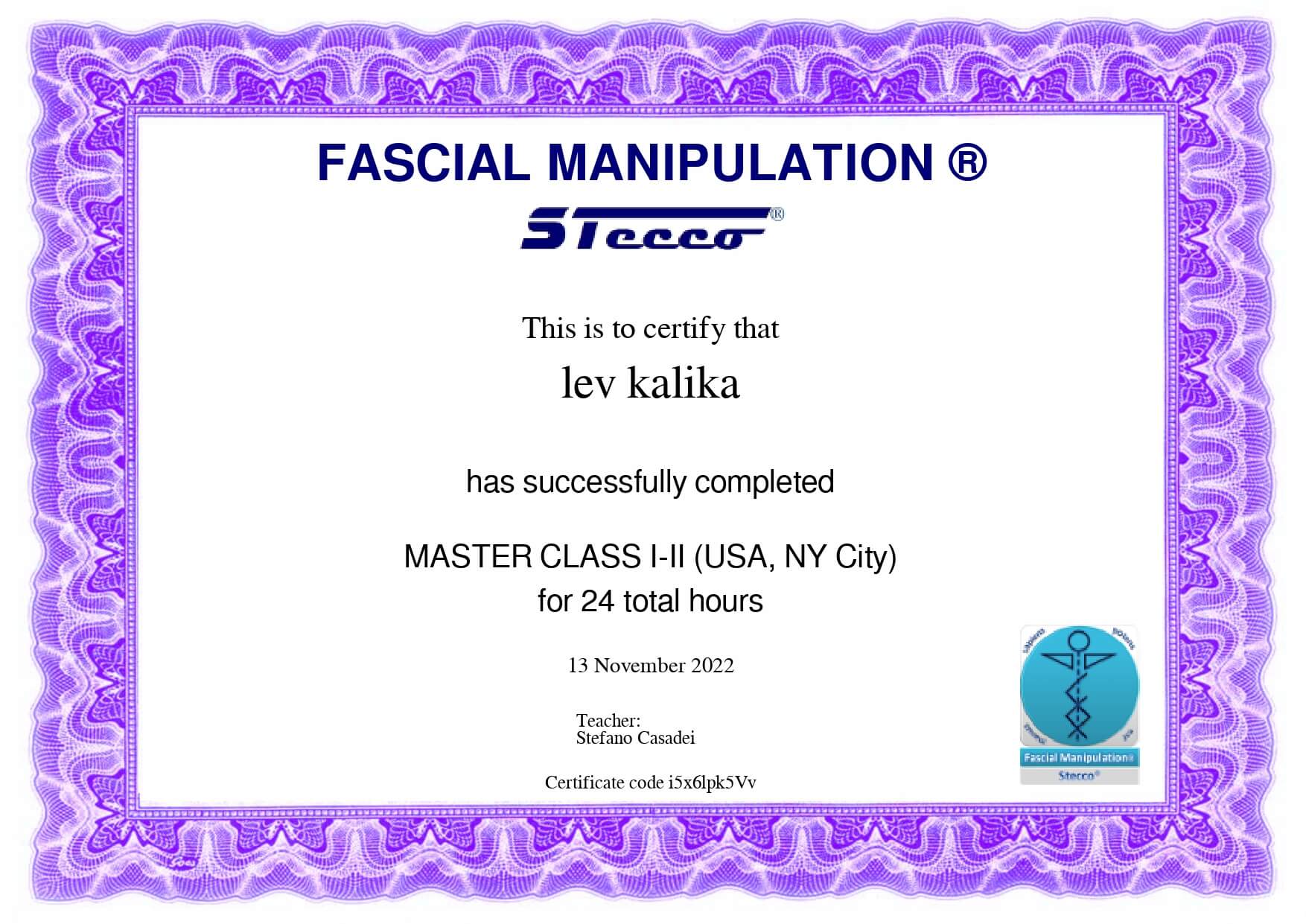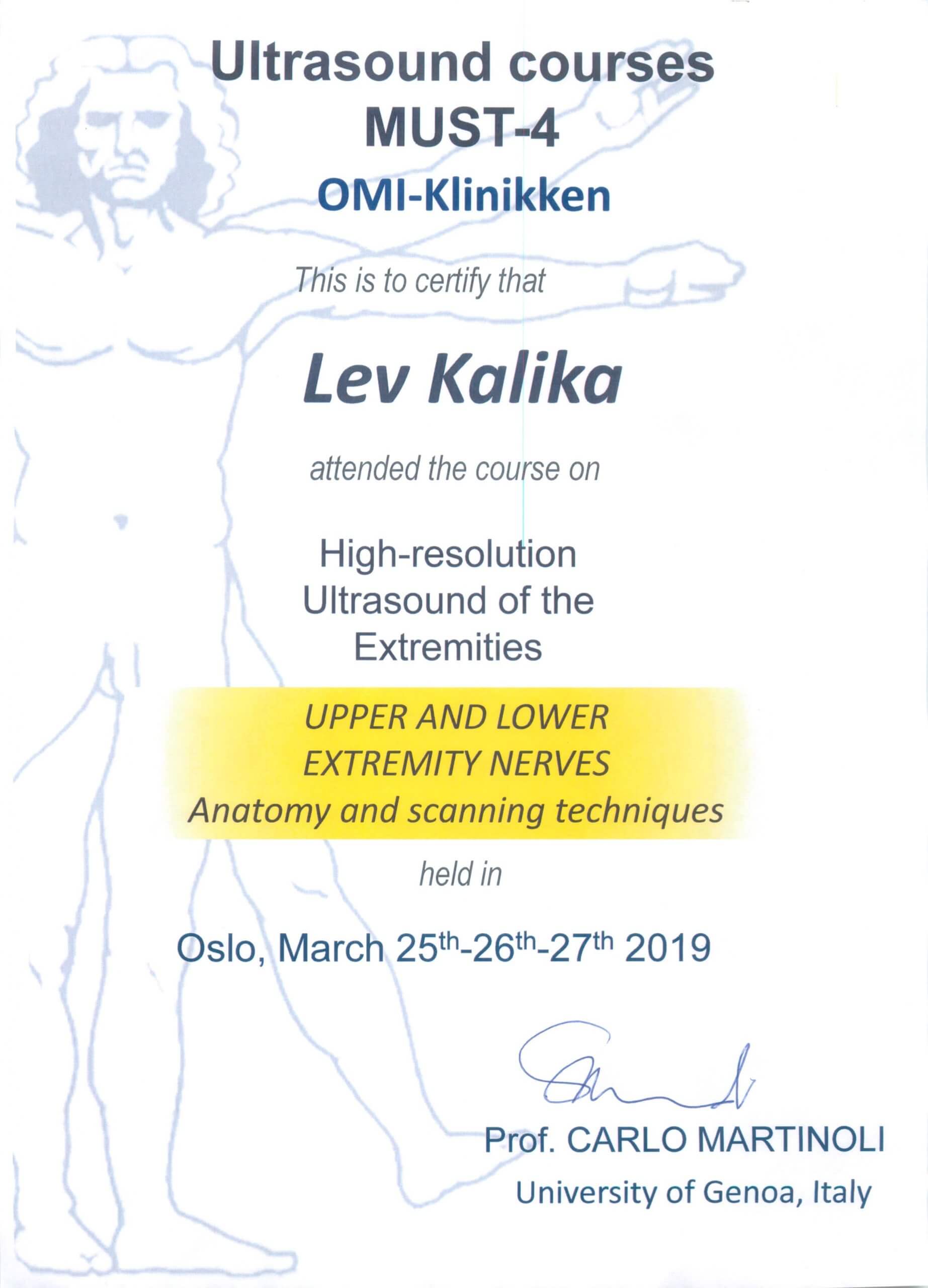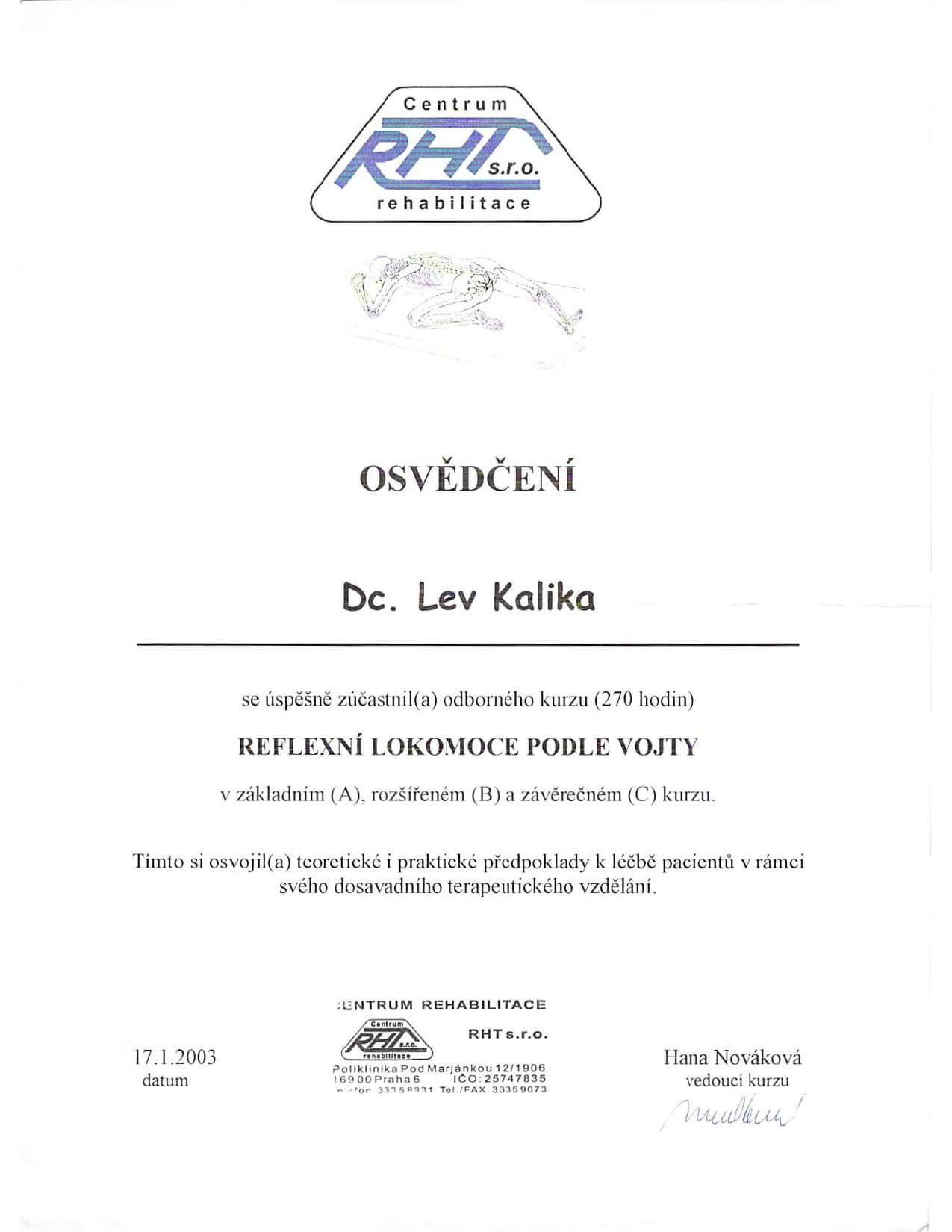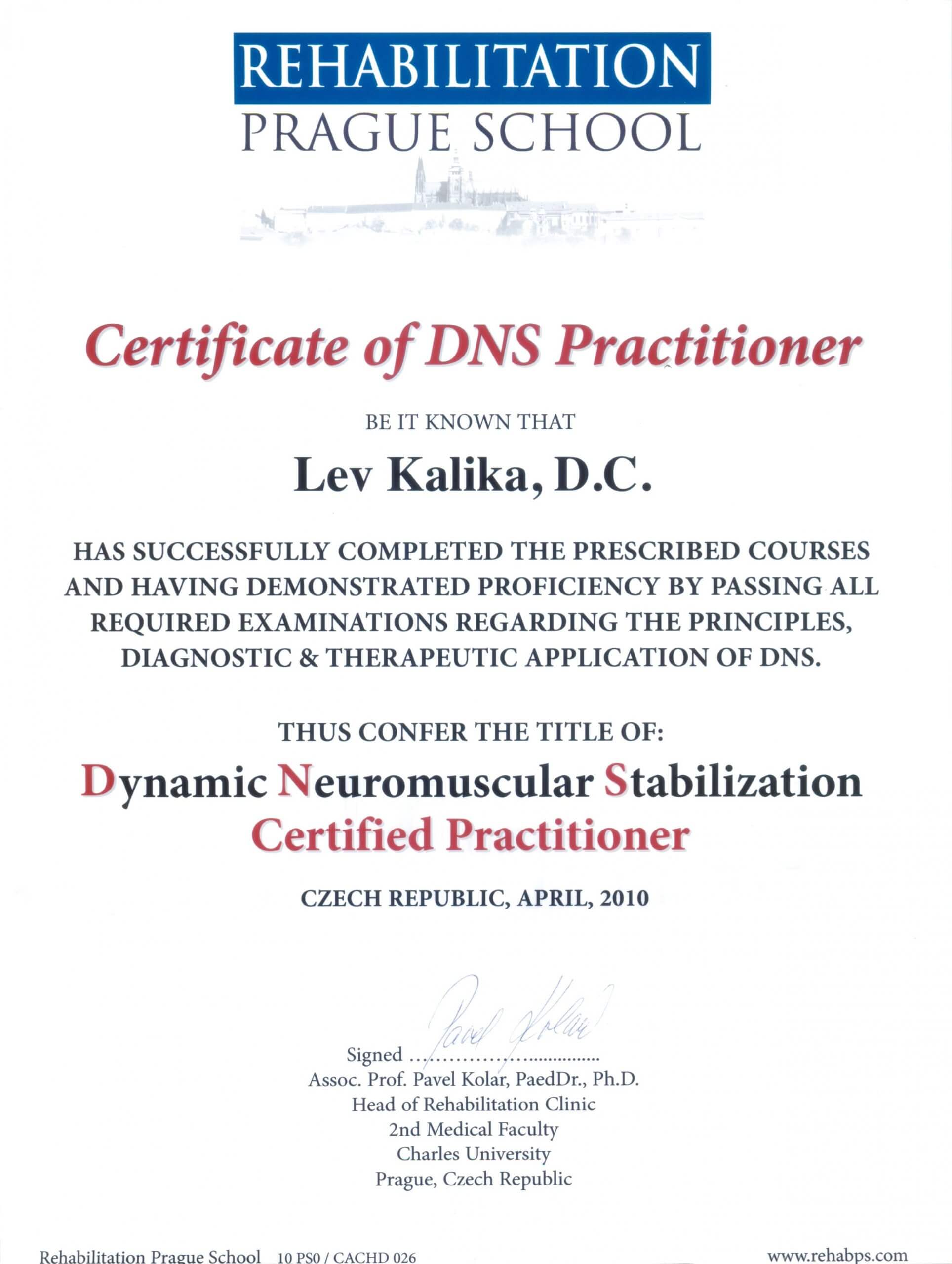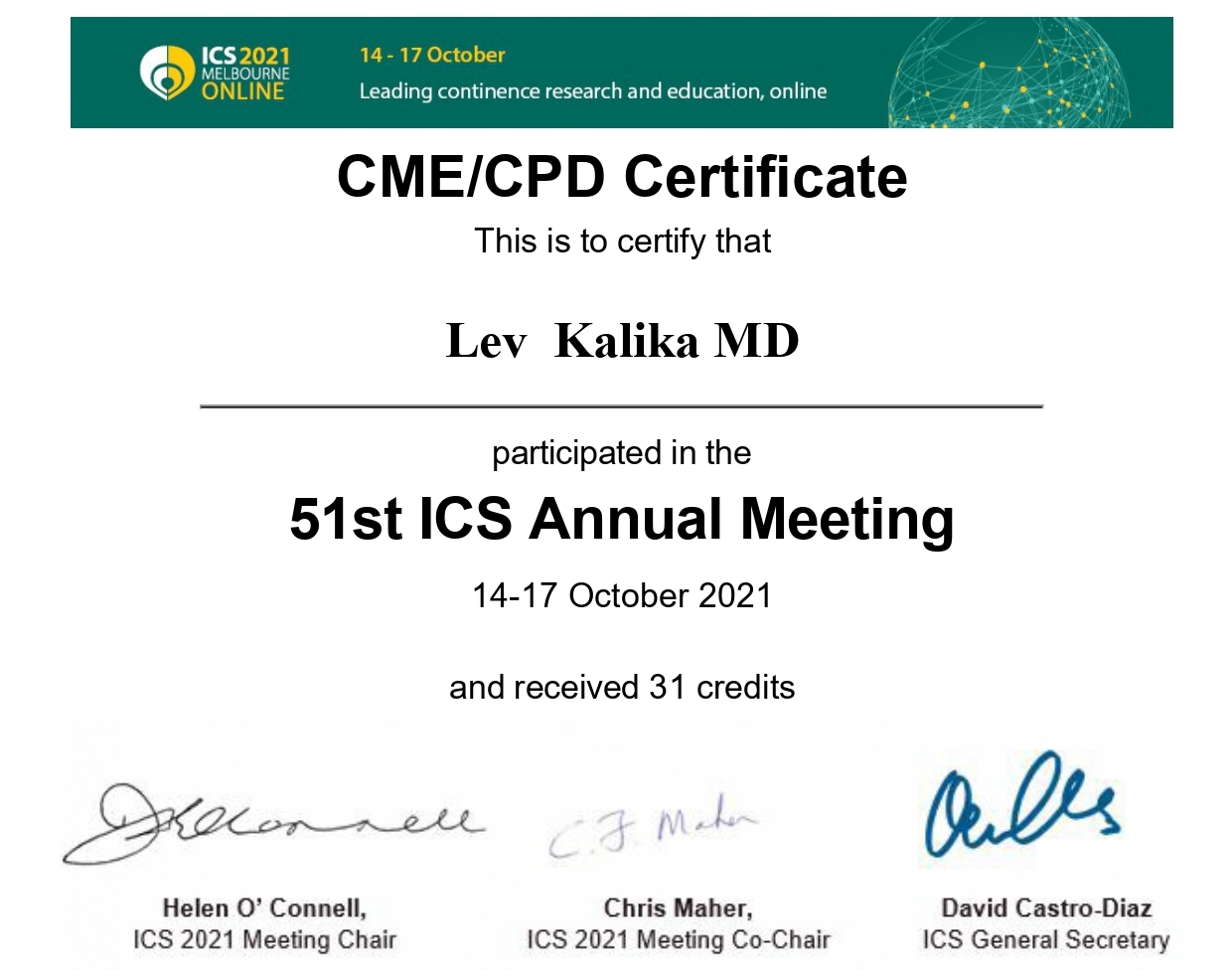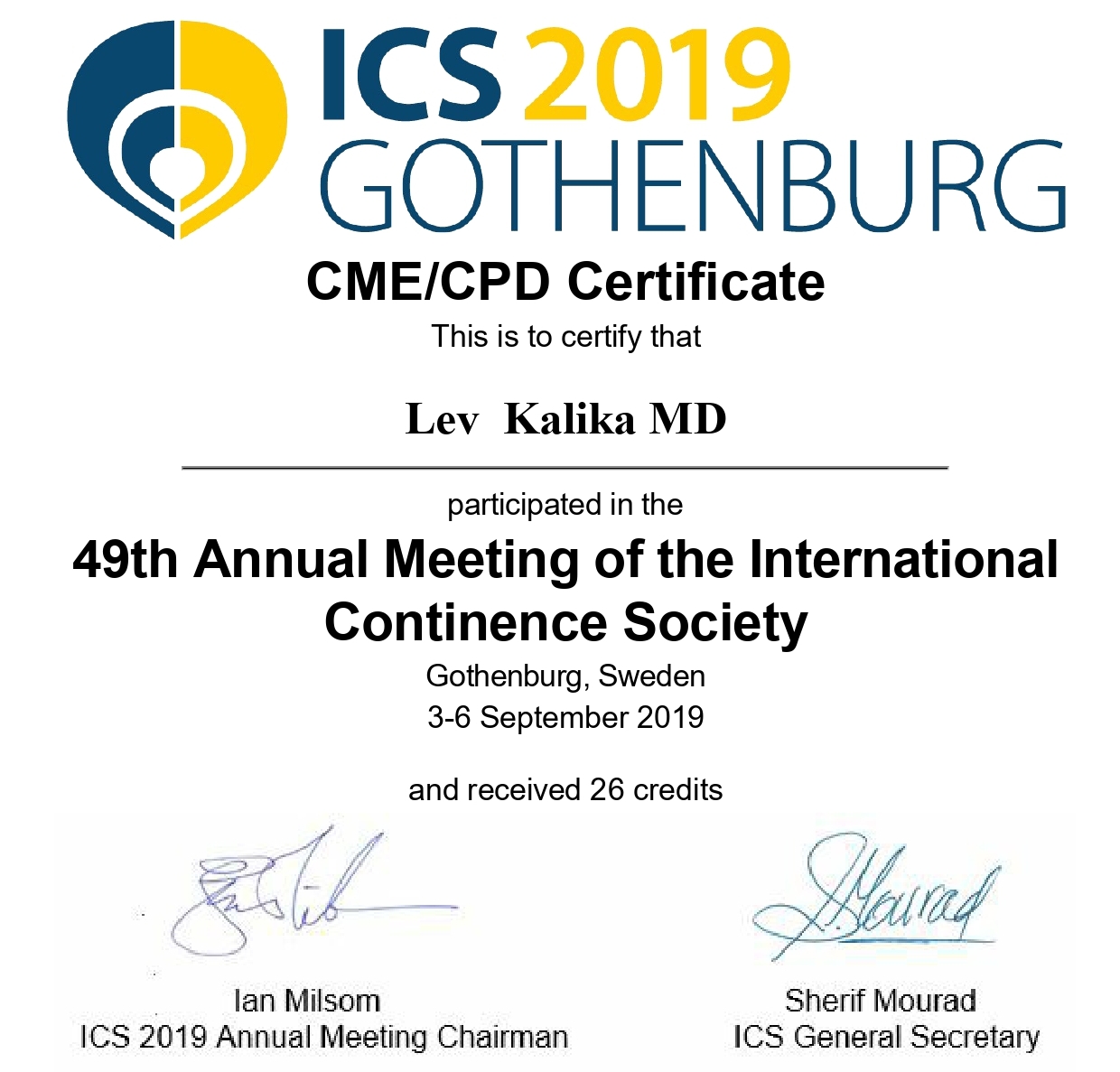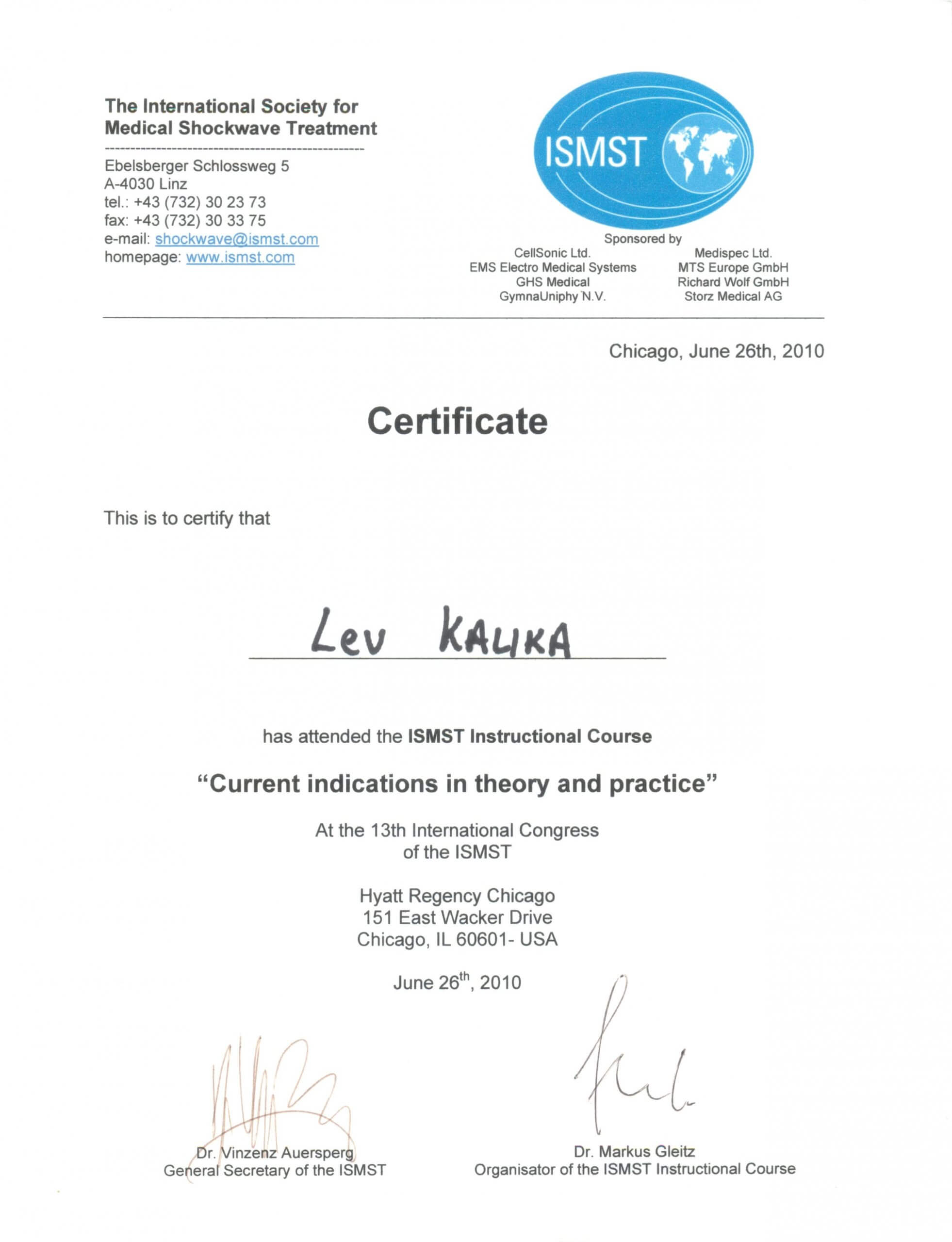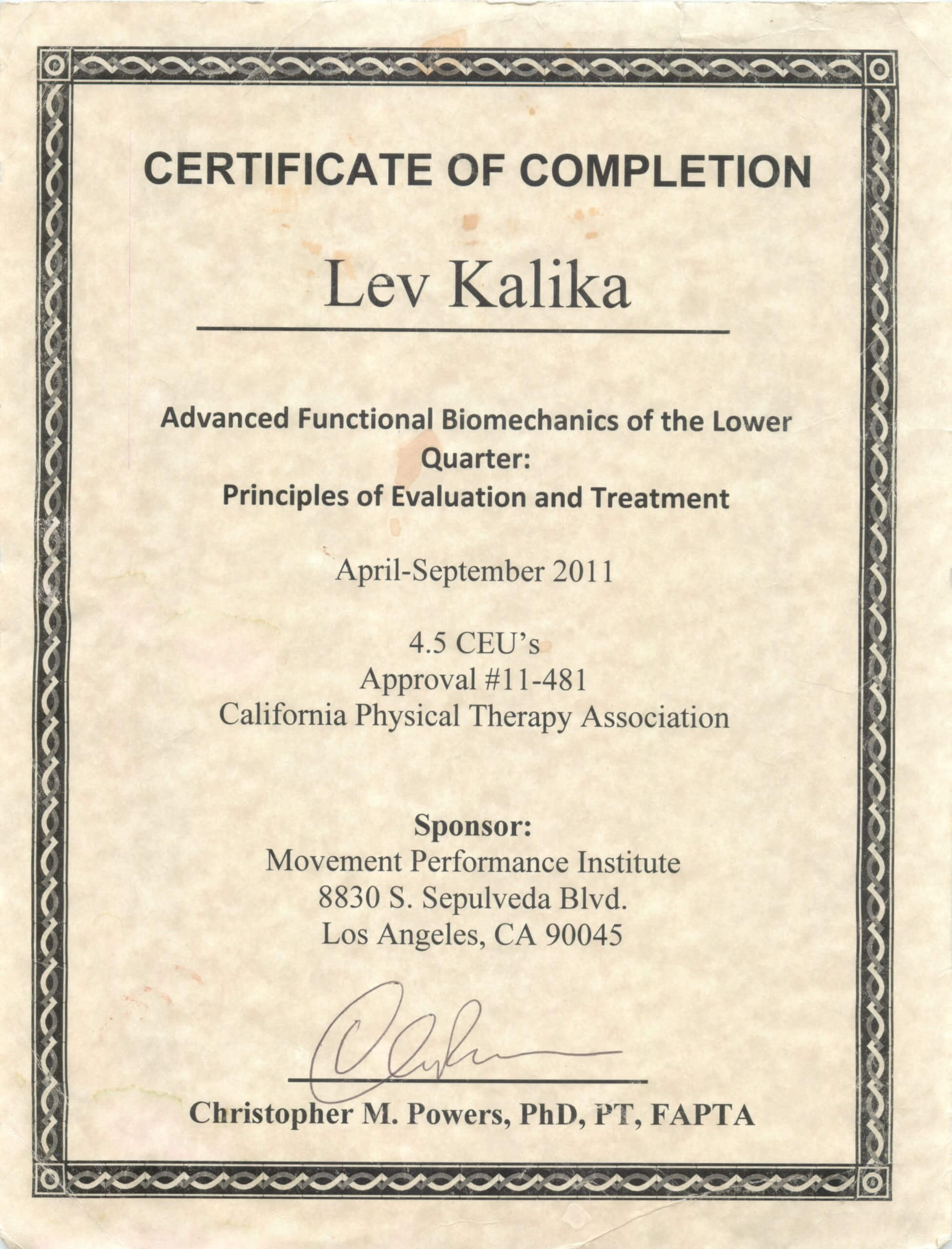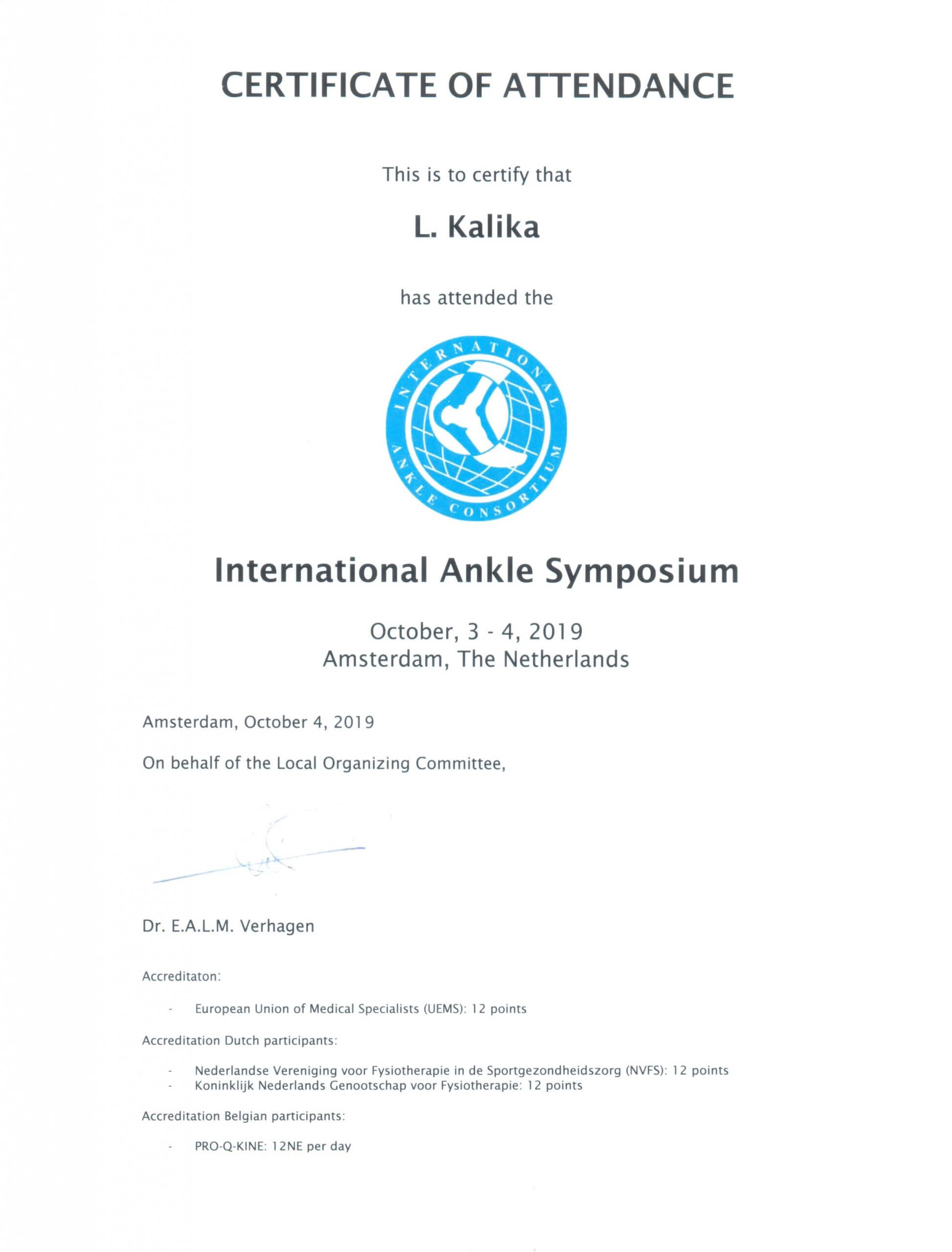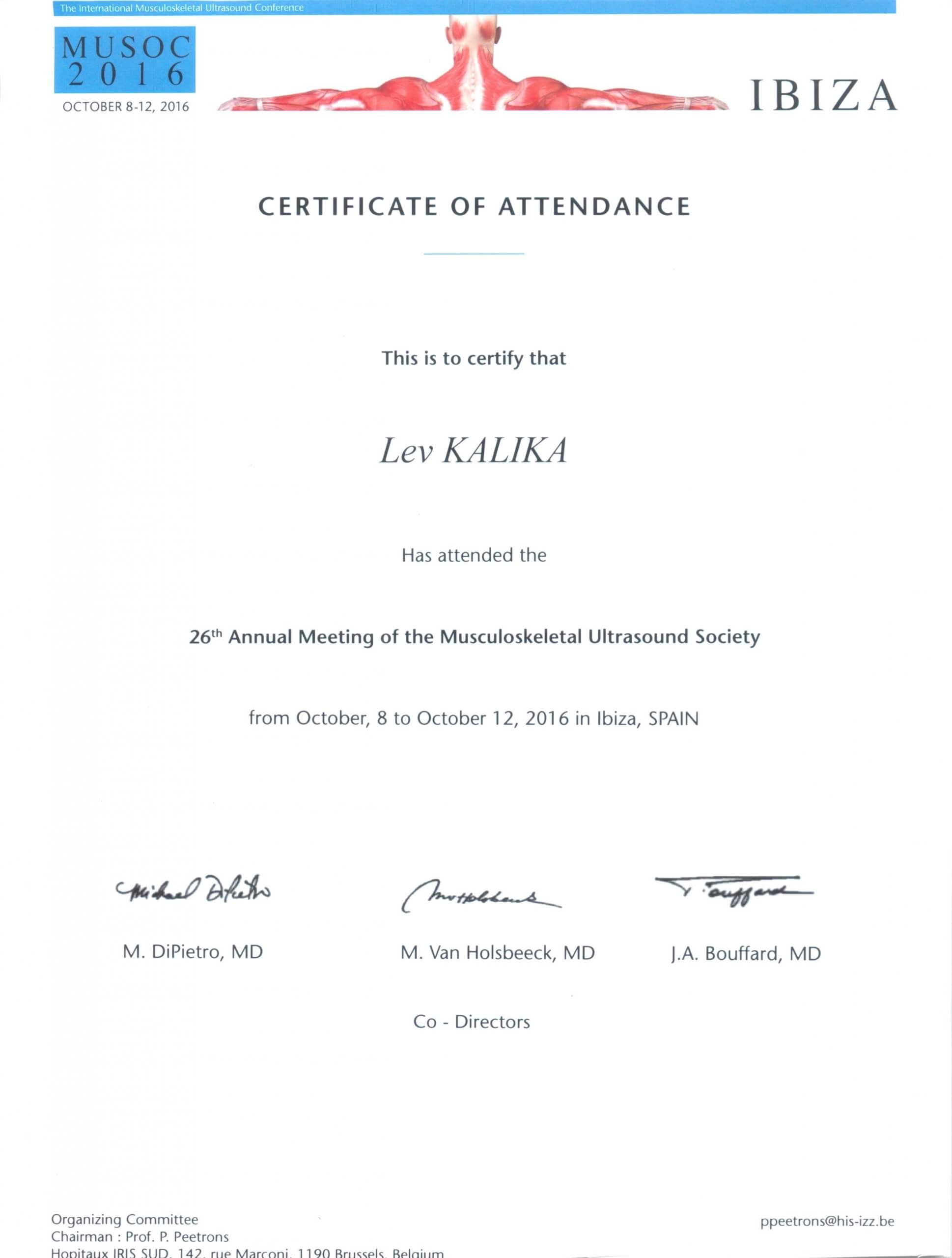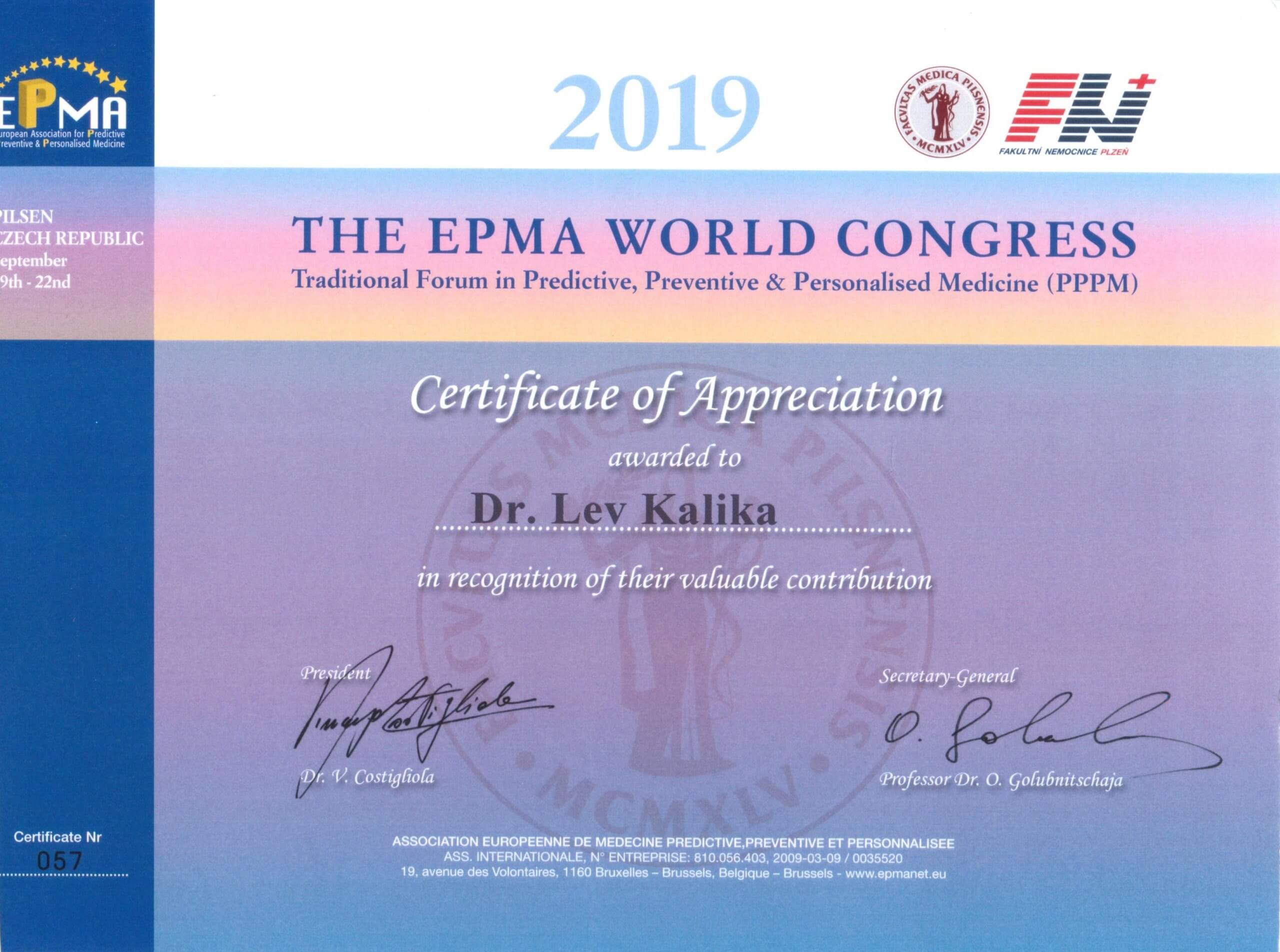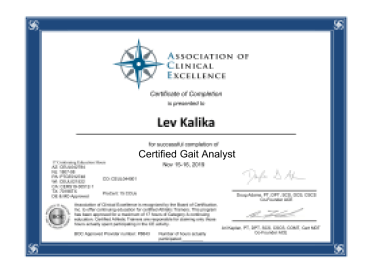In the past, hamstring muscle injuries were graded by severity using a very simple system. More recently, due to improvements in ultrasound and MRI, hamstring muscle injuries can be classified based on bone-tendo, tendon-fascia, tendon-muscle and muscle-fascia interactions.This anatomical division allows for better treatment and a more precise estimation of when an athlete can return to the field.
A ruptured hamstring requires immediate medical attention. Mild injuries can be treated with the PRICE procedure (protect, rest, ice, compress and elevate), but the injured patient should still consult a sports physician or physical therapist.
For a mild injury, the doctor will likely prescribe analgesics and refer the patient to a physical therapist. If the hamstring is ruptured, surgery may be needed to suture the damaged tissue together. After that, the patient will need to wear a brace and rest for about six weeks or until the hamstring is ready for rehab.
In preparation for physical therapy exercises, the therapist may provide therapeutic massage, or wrap the area to protect the muscle from overuse. Rehab may include graded eccentric loading exercises, along with extrinsic feedback exercises to restore brain-muscle connectivity.
Sometimes, it is impossible to make a trip to the clinic. Whether you’re confined at home or on the go, NYDNRehab TeleHealth services provide a convenient way to receive ongoing professional physical therapy and chiropractic treatment at home, in the office or while traveling. With TeleHealth, you never need to miss a physical therapy session or lose hard-earned gains in treatment.
If you intend to maintain a physically active lifestyle, the sports medicine pros at NYDNRehab can help you rehabilitate your injury so you can return to play. Our unique high-tech gait lab is designed to identify and quantify motor deficits and correct them before injuries occur. Contact us today, and achieve your peak performance potential while reducing your risk of injury. At NYDNRehab, movement is life!







